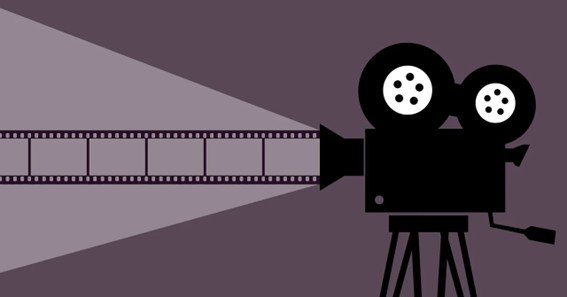In the world of digital effects, the question vfx why frame start at 1001 often comes up during production meetings and technical discussions. Many VFX artists and professionals adhere to a convention where frame numbering begins at 1001 rather than 1 or 0.
This practice is rooted in industry history, technical precision, and workflow efficiency that helps in managing complex projects.
The Origins and Rationale Behind Frame 1001
Historical Conventions and Industry Standards
The practice of starting frame numbering at 1001 is largely inherited from the film industry’s traditional methods. When films were edited using physical film reels, starting at 1001 provided a clear, non-ambiguous numbering system that helped distinguish the workprint from the final negative.
This tradition carried over into digital workflows to maintain consistency and avoid confusion during post-production processes.
Technical and Workflow Considerations
- Avoiding Zero-Indexing Confusion:
In many programming environments, arrays and lists start at 0. However, for human readability and standard film practices, starting at 1001 eliminates the need to adjust between technical (zero-indexed) and production (one-indexed) systems. - File Management and Version Control:
Using 1001 as the starting frame can help streamline file organization. It makes it easier to identify the beginning of a shot or sequence, particularly in complex projects with numerous files and versions. - Consistency Across Departments:
Many post-production departments—such as editorial, VFX, and sound design—adhere to similar frame numbering conventions. Starting at 1001 ensures a uniform approach across various teams, reducing the risk of errors and miscommunication during the production pipeline.
Modern Applications in VFX Pipelines
In contemporary VFX workflows, software such as Autodesk Flame, Nuke, and DaVinci Resolve support flexible frame numbering systems. Despite digital advancements, the 1001 convention remains popular because it bridges the gap between modern technology and established film production traditions. This consistency is critical for collaboration, especially in large-scale projects where multiple vendors and teams work together.
FAQs
Q1: Why is frame numbering in VFX often started at 1001 instead of 1?
A: The practice stems from traditional film editing methods where starting at 1001 provided clarity and consistency. It also avoids confusion with zero-indexed systems used in programming and helps with organized file management across departments.
Q2: Does starting at 1001 affect the overall production process in VFX?
A: Not directly. It’s primarily a matter of standardization and consistency. However, having a uniform frame numbering system minimizes potential errors during the review and compositing stages, ultimately streamlining the production process.
Q3: Are there situations where frame numbering might start at 1 or 0?
A: Yes, some projects, particularly those developed entirely in a digital environment or using certain software settings, might opt to start at 1 or even 0. However, starting at 1001 remains a common industry practice for its historical and practical benefits.
Q4: How do VFX software applications handle frame numbering?
A: Most VFX software, including Autodesk Flame, Nuke, and DaVinci Resolve, offer customizable frame numbering options. Users can set the starting frame number to 1001 to align with industry standards or adjust it based on project requirements.
Q5: Is the 1001 frame start convention used in other areas of post-production?
A: Yes, the 1001 starting frame is also common in other post-production areas such as editorial and color grading. This uniform approach facilitates better collaboration and consistency across different stages of the production workflow.










